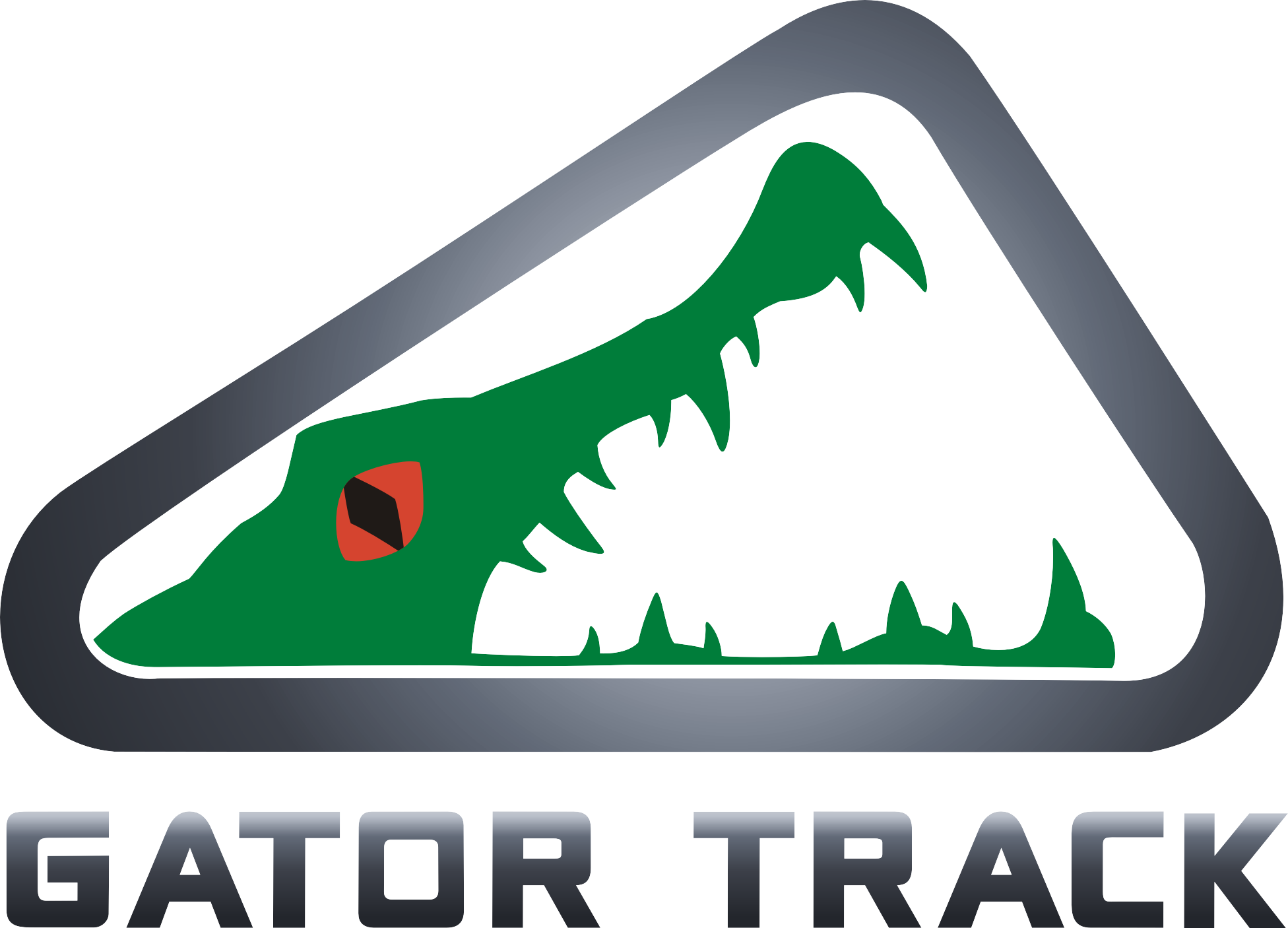In the heavy machinery sector, the efficiency of logistics and distribution has a significant impact on operational success. This is especially true for track products such as excavator tracks, rubber excavator tracks, tractor rubber tracks, rubber excavator tracks, and crawler rubber tracks. To ensure these important parts arrive at their destination on time and in optimal condition, companies must focus on several key areas: transportation mode selection, route planning, warehouse management, technology application, and case analysis.
1. Transportation options
Choosing the right mode of transportation is essential for the efficient distribution of excavator tracks. Depending on the distance, urgency, and quantity of the product, companies may choose road, rail, or even air transportation. For example, road transportation is often more suitable for short-distance transportation due to its flexibility and direct access to the construction site. In contrast, rail transportation may be more cost-effective for long-distance transportation, especially when transporting large quantities of rubber excavator tracks. Understanding the pros and cons of each mode of transportation allows businesses to make an informed decision that meets their logistics needs.
2. Route Planning
Once the mode of transportation has been chosen, the next step is route planning. Efficient route planning can minimize transportation time and reduce costs. Utilizing advanced mapping software and GPS technology can help logistics managers determine the most efficient routes, taking into account factors such as traffic patterns, road conditions, and potential delays. For example, when distributing rubber excavator tracks to multiple job sites, carefully planned routes can ensure timely delivery, improve customer satisfaction, and increase operational efficiency.
3. Warehouse management
Effective warehouse management is another key component of logistics optimization. Proper storage solutions for crawler rubber tracks can prevent damage and ensure easy distribution. Implementing an inventory management system that tracks stock levels in real time can help businesses maintain optimal inventory levels and reduce the risk of excess or stock-outs. Additionally, organizing warehouse layouts to facilitate a fast picking and packing process can significantly improve overall efficiency.
4. Technology Application
Incorporating technology into logistics operations can significantly improve efficiency and accuracy. For example, using RFID tags to track rubber excavator tracks throughout the supply chain provides real-time visibility into inventory levels and shipment status. In addition, using data analytics can help companies more accurately forecast demand, allowing for better planning and allocation of resources. Warehouse automation, such as using conveyor systems or automated guided vehicles (AGVs), can also streamline operations and reduce labor costs.
5. Case Analysis
To illustrate the effectiveness of these strategies, let’s take the example of a company that specializes in tractor rubber tracks for heavy machinery. By implementing a comprehensive logistics strategy that included optimized transportation methods, efficient route planning, and advanced warehouse management, the company was able to reduce delivery times by 30% and reduce transportation costs by 20%. In addition, the use of technology for inventory management and tracking significantly reduced product loss and damage, ultimately increasing customer satisfaction and boosting sales.
In summary, optimizing the logistics and distribution of crawler rubber tracks requires a multifaceted approach. By focusing on transportation mode selection, route planning, warehouse management, technology application and learning from case studies, companies can improve operational efficiency and ensure that products reach customers in a timely and cost-effective manner. As the demand for heavy machinery continues to grow, the importance of effective logistics strategies in maintaining a competitive advantage in the market continues to increase.
Post time: Nov-13-2024

